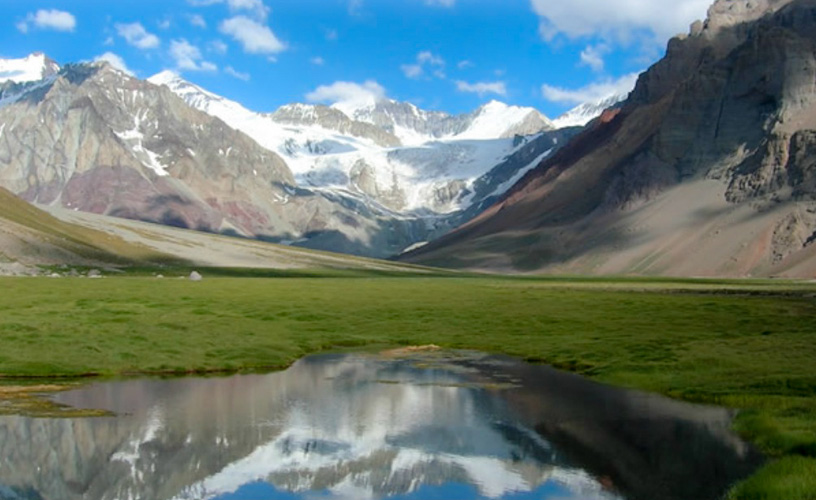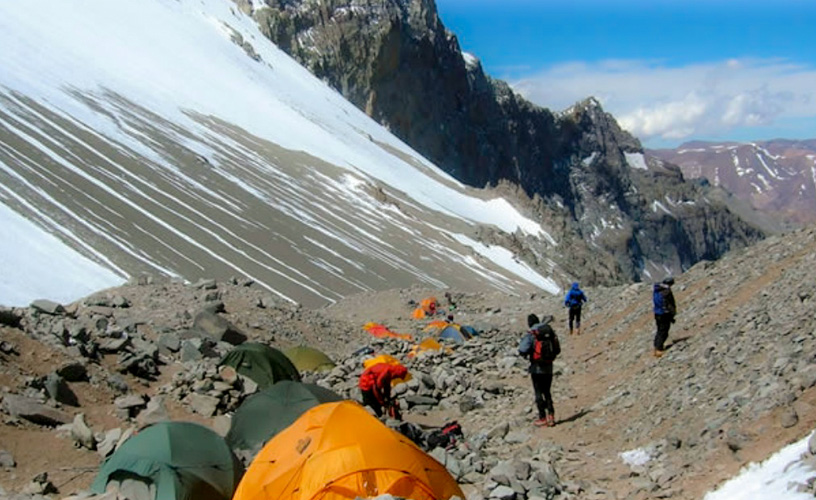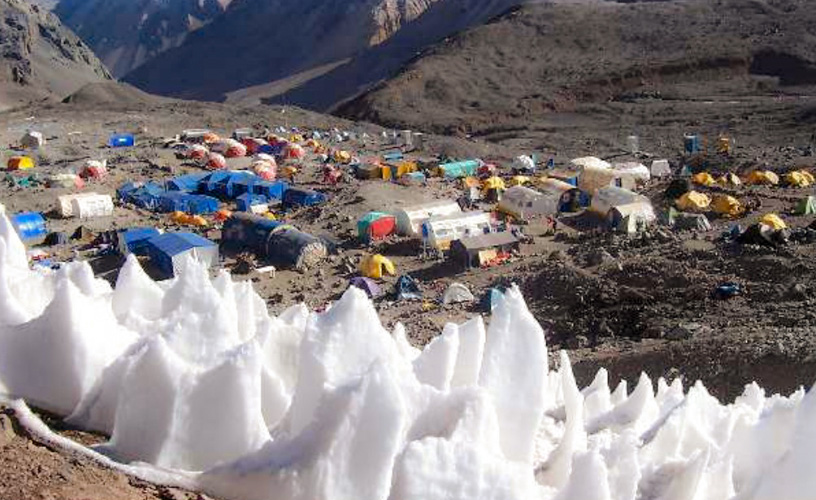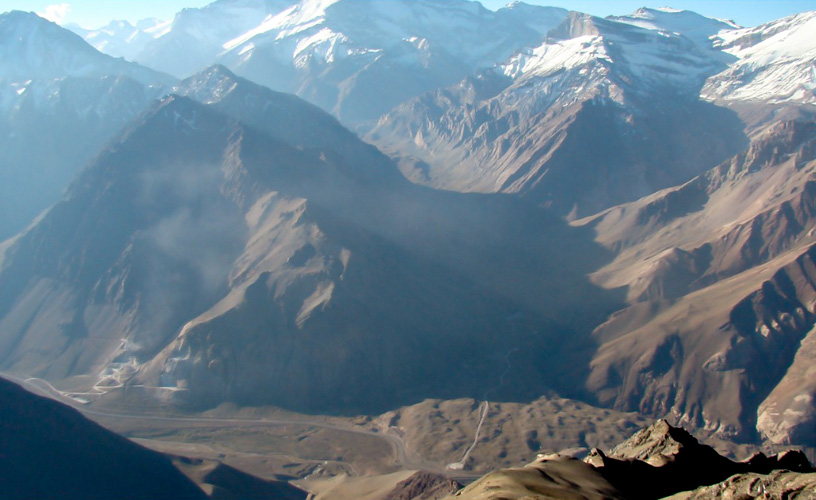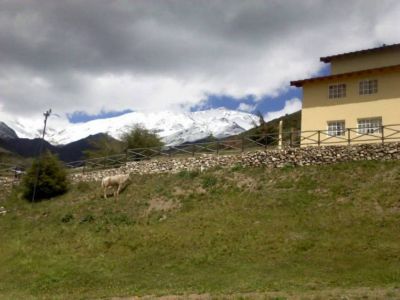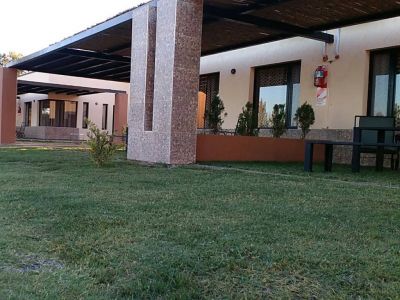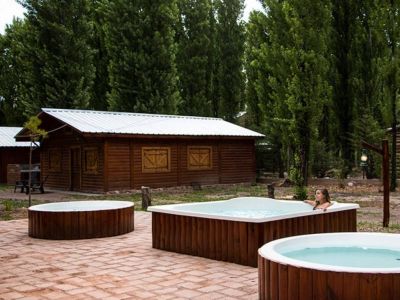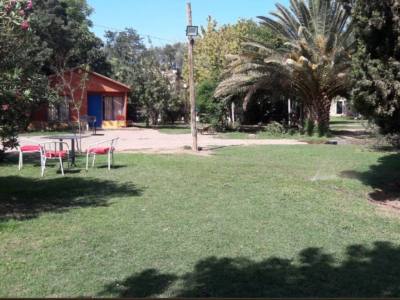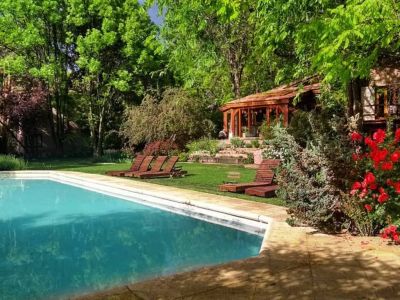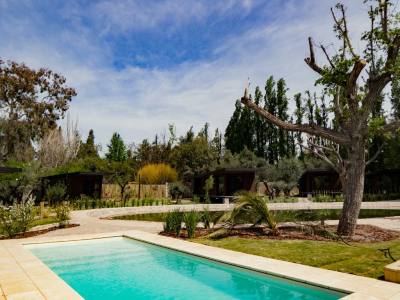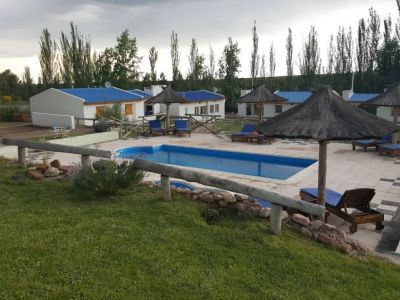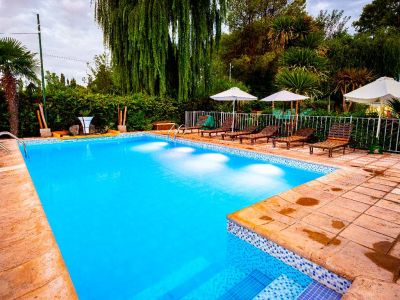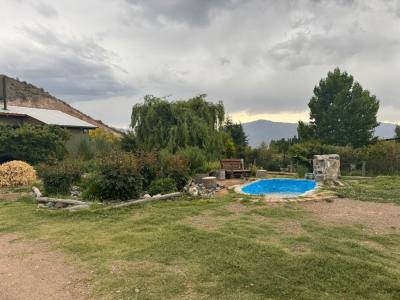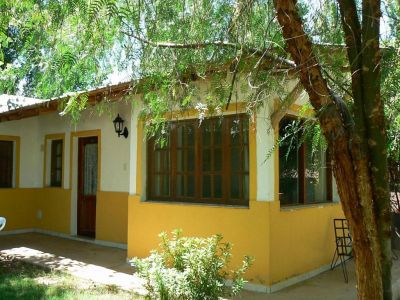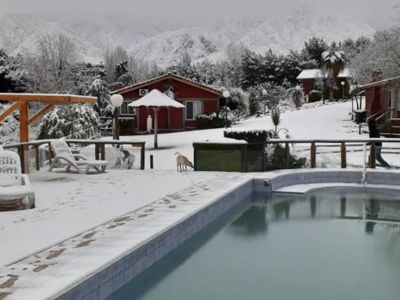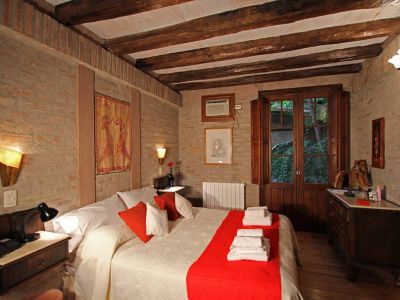Its name is immediately linked to Argentina. Every year, its almost seven thousand meters are the target of mountaineers from all over the world who come along to conquer its summit. General features of a fascinating mountain.
Unquestionable icon in the Andes Mountain Range and Argentina, Mount Aconcagua, located in the Province of Mendoza, is one of the most famous mountains. Visitors from all corners of our planet come along to climb it.
Mount Aconcagua has two peaks: the North peak, 6,962 meters MSL, and the South Peak, 6,930 meters MSL.
For years we have learned the exact height of Mount Aconcagua as 6,959 meters. Nevertheless, in the last few years, high-tech measurement elements such as GPS devices have enabled scientists to manage a better calculation of its exact height. Thus, this mountain has become higher.
The Aconcagua is part of Aconcagua Provincial Park, visited by 6,000 to 7,000 people every season. It is open from December thru March, as the summer months are the best to attempt climbing up to its summit.
Seen from above, it is possible to appreciate its natural boundaries. To the North and East, the Aconcagua borders on Valle de las Vacas, whereas Valle de los Horcones appears to the West and South.
For the scientists who have studied it, its origin dates back to 200 to 300 million years ago. These theories assert that the mount emerged when the Nazca plate slid under the South American plate. Although millions of years have passed, this is a recent natural movement, considering of course the rules of nature.
Different Ways to the Top
Mount Aconcagua features several faces that may be climbed. Some of them are relatively easy, others are only ideal for expert mountaineers. In all cases, it is necessary to hire the services of guides and to go up in groups, always following the rules of the mountain. Many of them have been made and reconsidered as from the experiences climbers have had.
The so-called “Normal Route” consists in going up through its northern side, where no climbing techniques are requested. Instead, a constant stealthy trek rhythm is required, using poles and all the necessary gear.
Those who embark themselves on the well-famed “Normal Route” will go through various campsites in the mountain, where climbers may rest until they recover the physical fitness they need in order to keep on. It is essential to bear in mind that the higher they get, the less oxygen there is. Therefore, it is necessary to become gradually adapted to these changes.
The camps are named below:
-Base camp (also known as “Plaza de Mulas”), 4,300 meters
-El Semáforo, 4,350 meters
-Piedras Conway
-Plaza Canadá
-La Piedra, 5,000 meters
-Cambio de Pendiente
-Nido de Cóndores, 5,250 meters
-Berlín
-Piedras Blancas
-Piedras Negras
-Independencia
-Portezuelo de los Vientos
-Gran Travesía
-La Canaleta
-Aconcagua Summit, 6,962 meters
The route called “La del glaciar de los Polacos” is only visited by expert mountaineers. It is accessed through the so-called Valle de las Vacas. Climbers must cross it up to the base of the abovementioned glacier and they will come across the Normal Route, but in this case a final climb to the summit starts.
The Aconcagua’s Southern Face is the most difficult as it ends up in the form of one of the biggest walls in the world. Only a few chosen ones have managed to hit the summit following this route.
The first ascent ever recorded on this trail took place on February 25, 1954, and was managed by the French Pierre Lesueuer, Adrien Dagory, Edmond Denis, Robert Paragot, Lucien Berardini and Guy Poulet. René Ferlet was the chief of the expedition.
It does not matter what route is chosen to hit the summit or whether it is actually hit or not. The Aconcagua, its preparations, anecdotes, successes and failures treasure a very special kind of magic, hard to find in any other natural attraction.
Reaching this point to behold the Aconcagua is a prize itself. Listening to it, watching it, feeling its roaring and what it can say to us. The rest is but details written by men.
Pablo Etchevers
Gentileza www.aconcagua.mendoza.gov.ar
